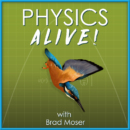The Physics Alive Podcast

Episode #42
We're Going on a Planet Hunt with Sara Seager
Or download the episode from Apple Podcasts, Spotify, Stitcher, Google Podcasts, or Amazon.
Podcast cover image from https://exoplanets.nasa.gov/alien-worlds/exoplanet-travel-bureau/
Sara Seager is Professor of Planetary Science and Physics at the Massachusetts Institute of Technology. Her research focuses on discovering new exoplanets and characterizing their atmospheres. She hopes to find and identify another Earth and searches for signs of life. In this episode, Sara describes how we find planets around other stars and how we can possibly know how their atmospheres are composed.
Support Physics Alive on Patreon!
https://www.patreon.com/physicsalive
Physics Alive is on Slack. Join the Slack workspace.
You can also leave comments and share discussion on the Physics Alive Twitter feed.
Today's Guest:
Sara Seager
Sara Seager is the Class of 1941 Professor of Planetary Science, Professor of Physics, and Professor of Aeronautics and Astronautics at the Massachusetts Institute of Technology. Her past research is credited with laying the foundation for the field of exoplanet atmospheres, while her current research focuses on exoplanet atmospheres and the future search for signs of life by way of atmospheric biosignature gases. Professor Seager is involved with a number of space-based exoplanet searches including as the Deputy Science Director for the MIT-led NASA mission TESS, as the PI for the on-orbit JPL/MIT CubeSat ASTERIA, and as a lead for Starshade Rendezvous Mission (a space-based mission concept under technology development for direct imaging discovery and characterization of Earth analogs).
Learn more about Sara and her work:
Episode Notes and Resources
Here are some of the great resources that Sara Seager suggested!
Discover some of the great exoplanets we’ve found at:
For instance, you can check out the travel posters for some new worlds you might like to visit.
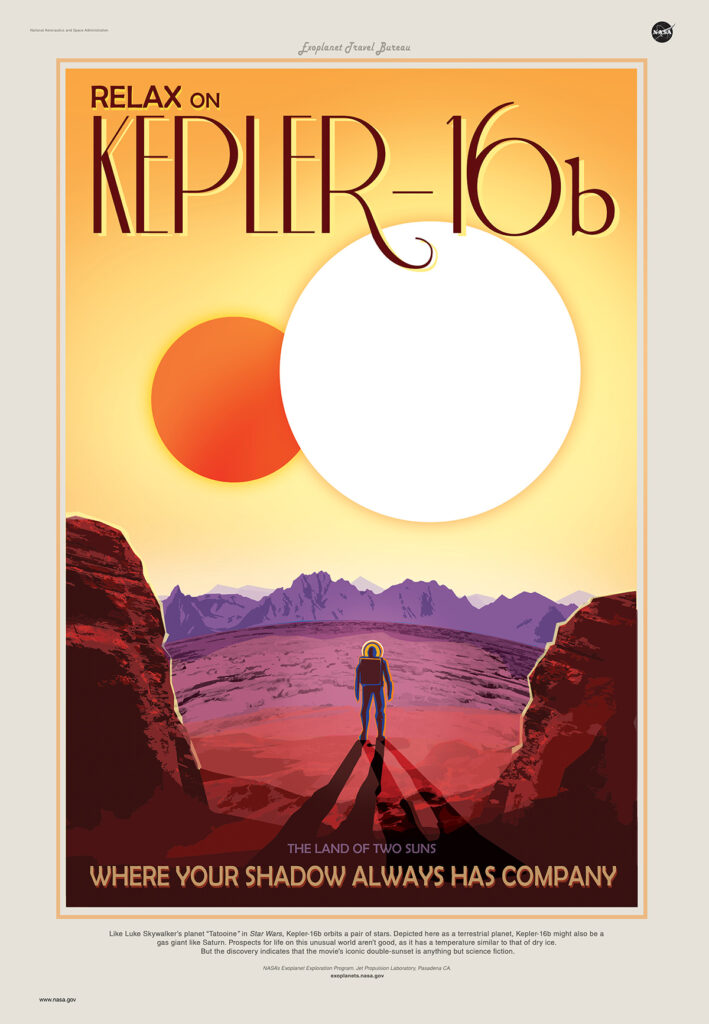
The NASA website is full of great information. You can also check out the website for TESS (Transiting Exoplanet Survey Satellite). If you’d like to participate in the hunt for planets, there’s a citizen science opportunity through Zooniverse.
You can also learn more about Sara’s Venus work:

How do you find an exoplanet? The “transit method” is one of the most common ways! When a planet passes in front of its host star, the light our telescope measures from that star dims. We can learn about a planet’s size, orbit, and even atmosphere from this light curve. Check out this great Transit Light Curve Tutorial from Andrew Vanderburg, an Assistant Professor of Physics at MIT. An sample image from this tutorial is below:
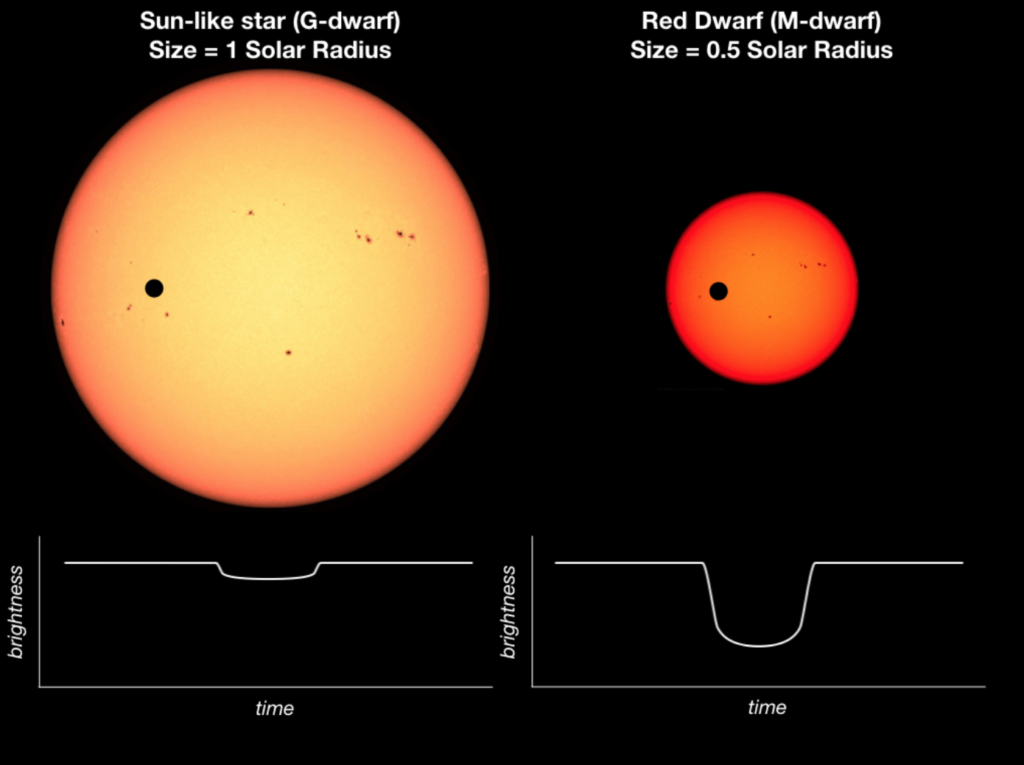
During my conversation with Sara, I suggested a simple demonstration experiment that could reproduce a transit light curve. The setup would be a light bulb, a pendulum swinging in front of the bulb, and a light sensor connected to graphing software. I had to give it a try. And it worked! The first picture below is the simple setup:
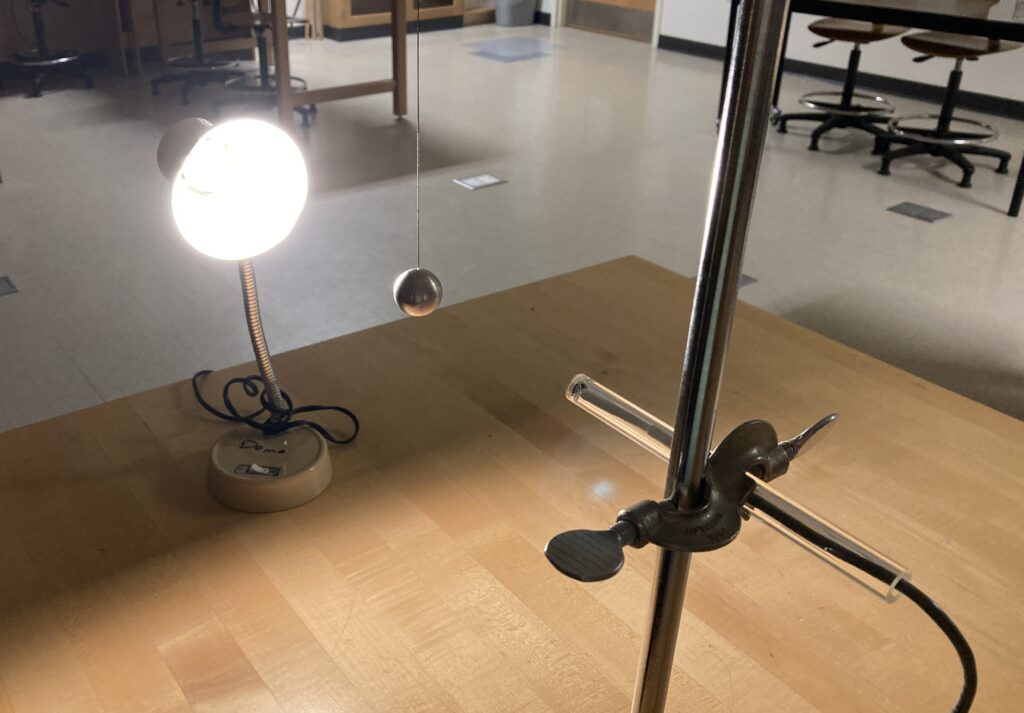
The data was collected with a light sensor from Vernier and analyzed with the Logger Pro software. The first graph below shows the pendulum passing in front of the sensor multiple times, creating a light dip. The second graph zooms in on just one transit in order to see a bit more detail.
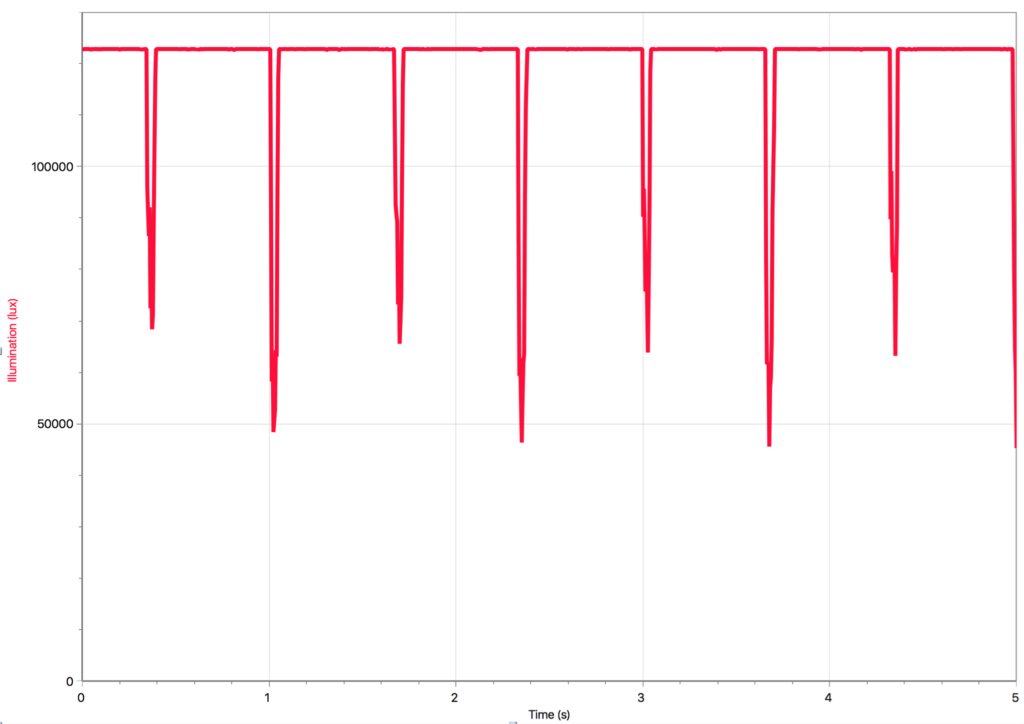
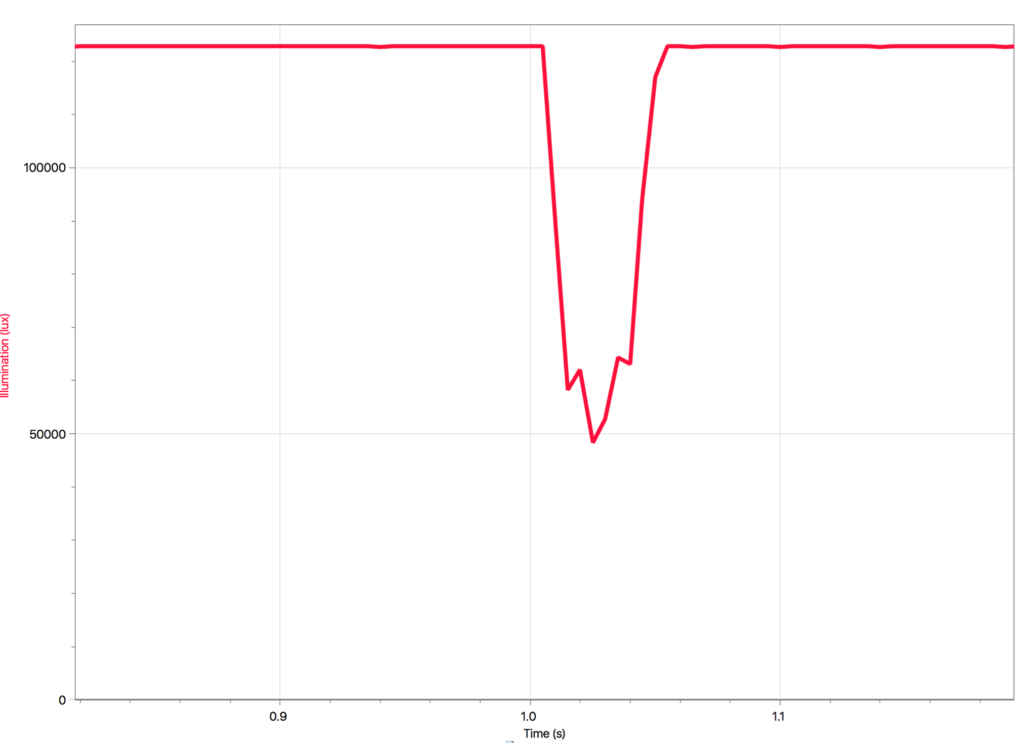
Let me know in the comments below if you’ve tried a similar experiment and how it worked out for you!
